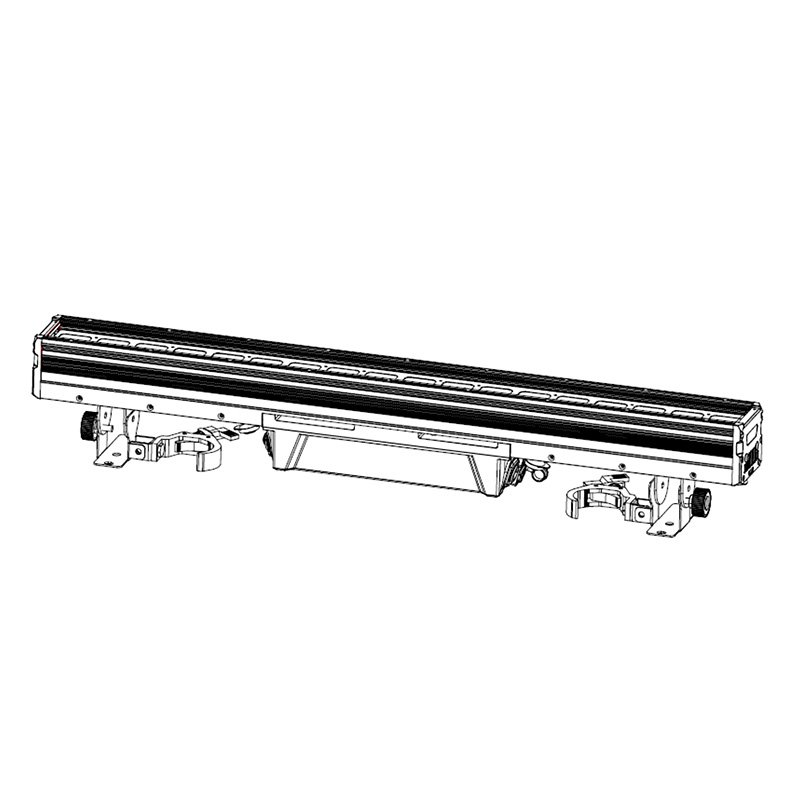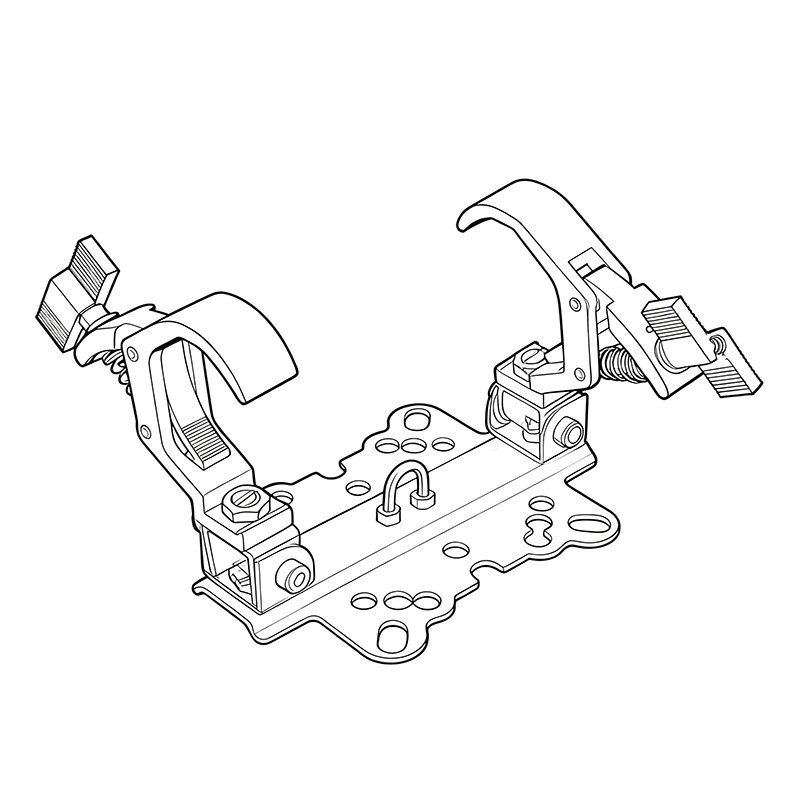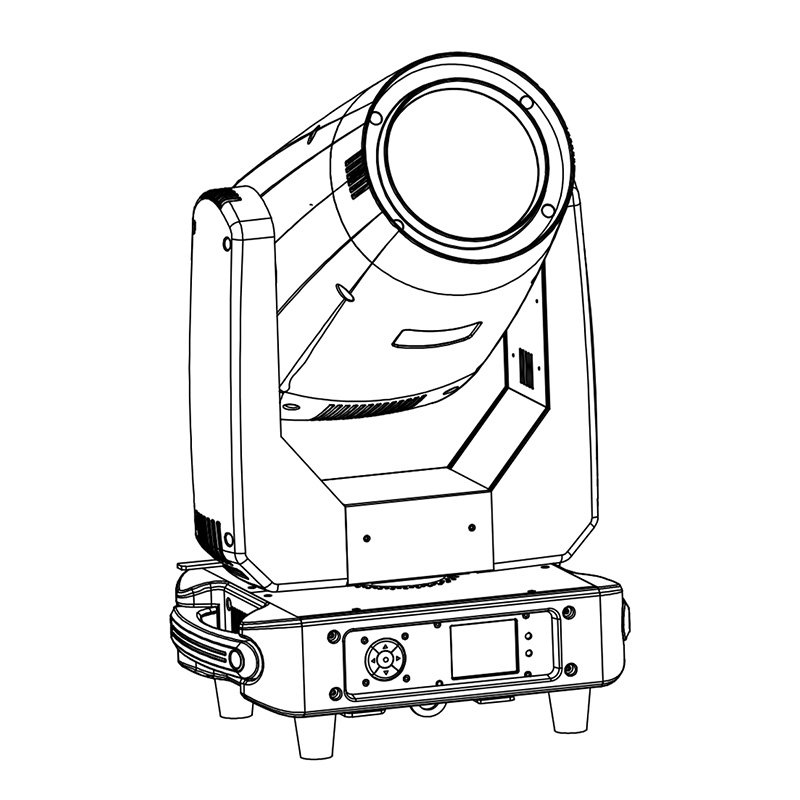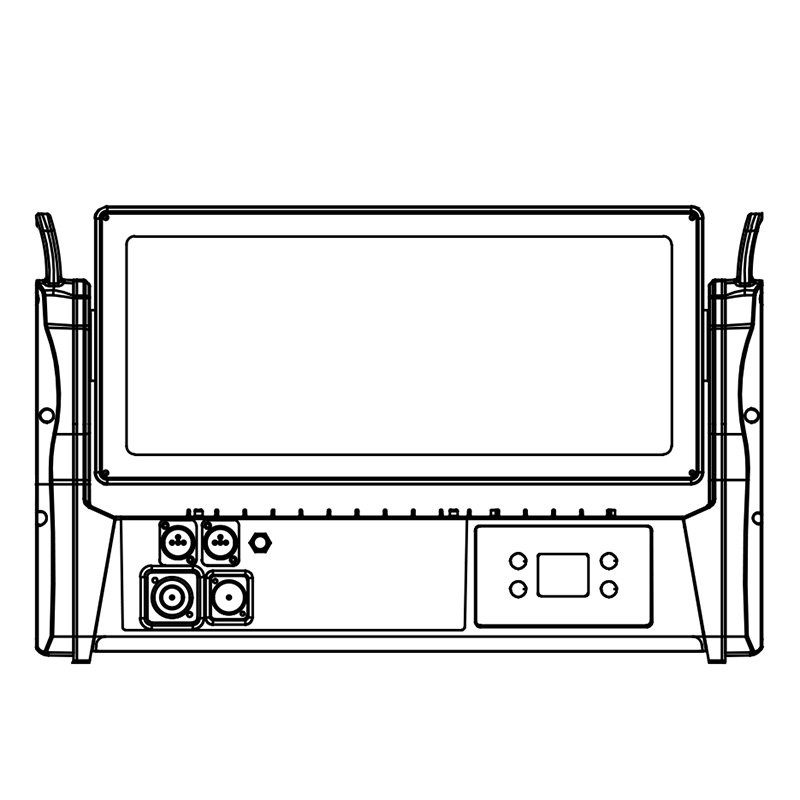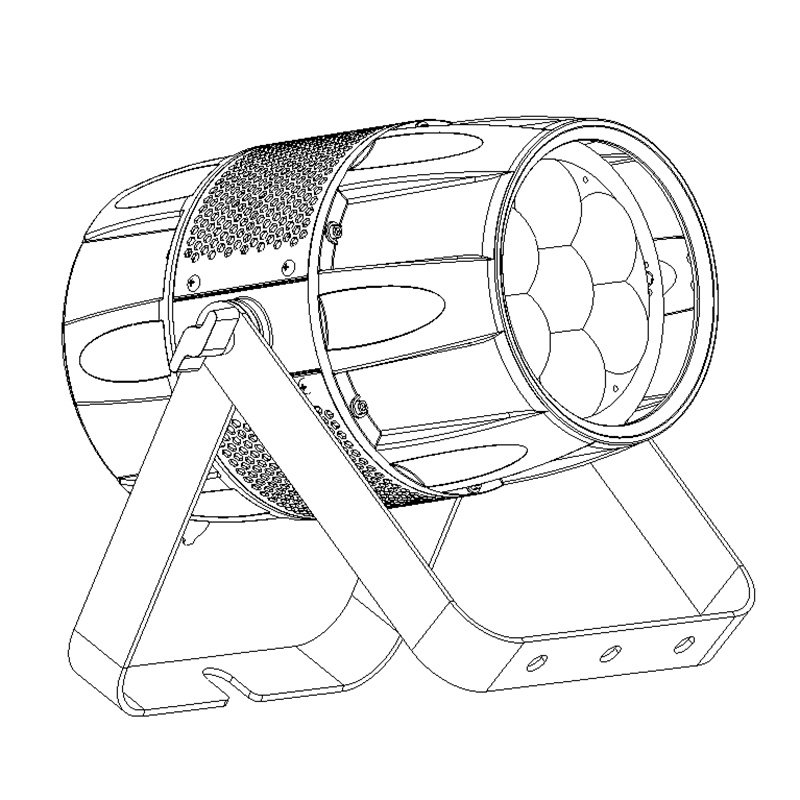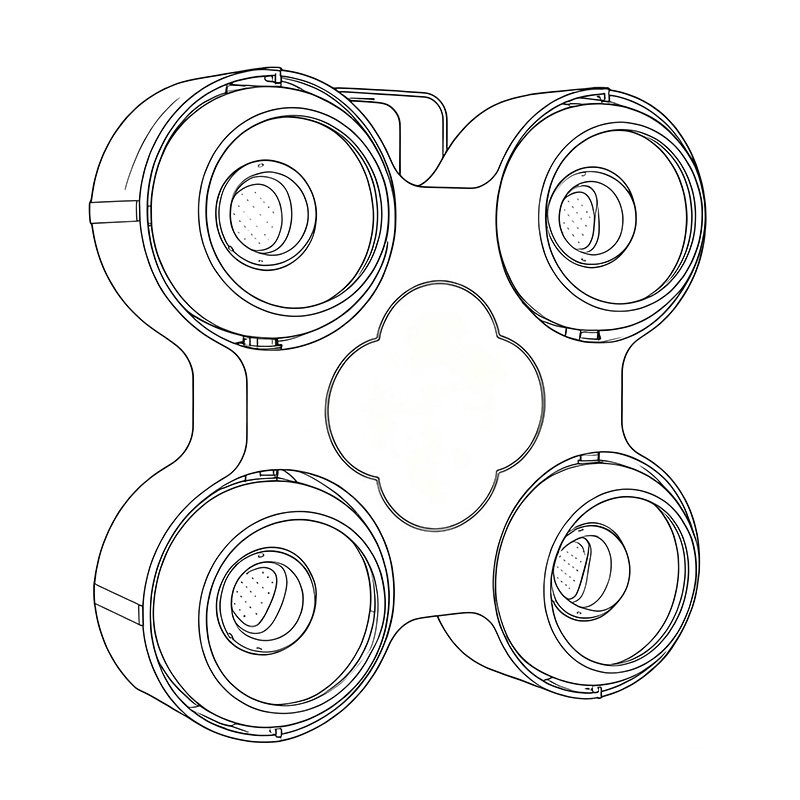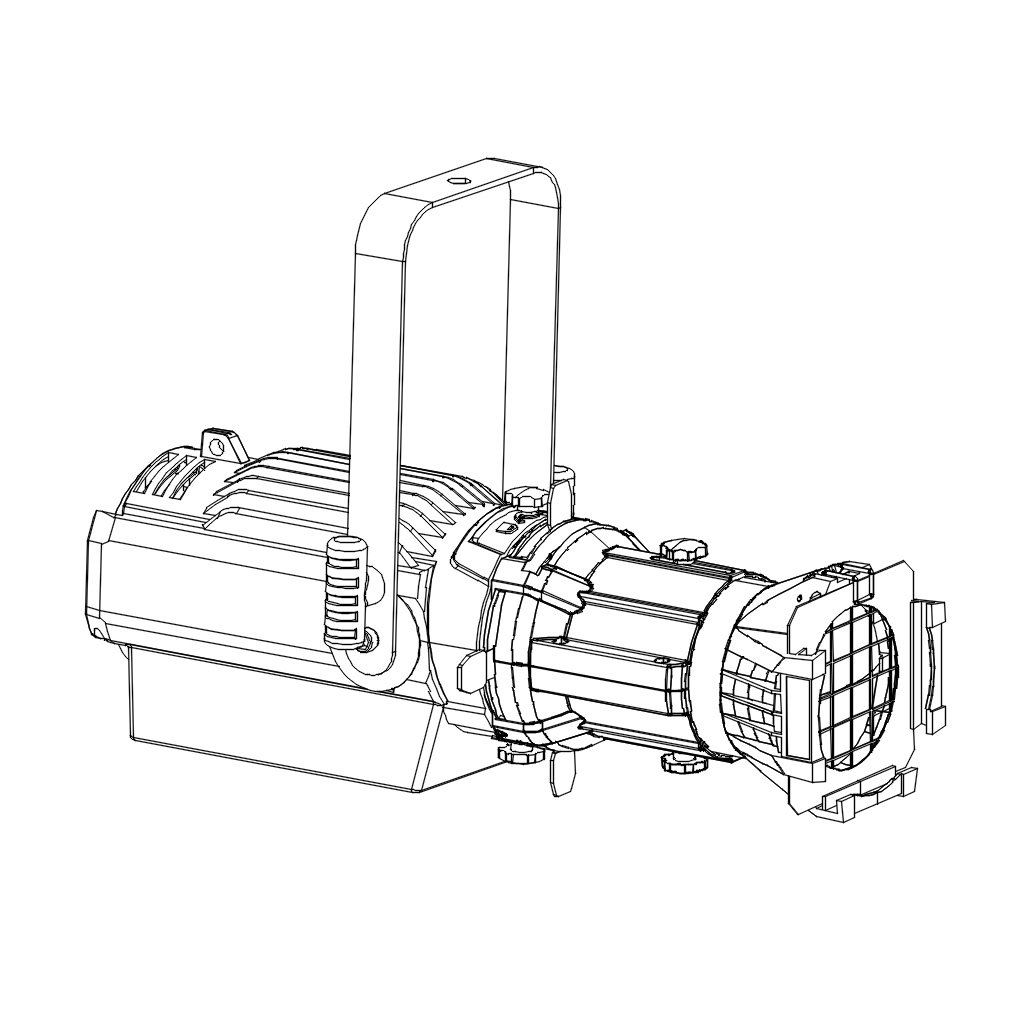Quick Answer:
Moving head wash lights produce a wide, soft-edged beam ideal for filling stages with color and atmosphere, while spot lights create a tight, focused beam used to highlight performers or project[ gobos](https://en.wikipedia.org/wiki/Gobo_(lighting " gobos"). Wash lights excel at coverage; spot lights deliver precision and effects.
If you're just starting out, this Introduction to Stage Lighting from USITT offers a solid foundation on lighting types and usage.
When planning stage lighting, choosing between a moving head wash and a spot fixture can dramatically affect the look and impact of your show. Here’s everything you need to know.
🆚 Comparison Table: Moving Head Wash vs Spot
| Feature | Moving Head Wash | Moving Head Spot |
|---|---|---|
| Beam Angle | Wide (typically 10°–60° or more) | Narrow (usually 5°–40°) |
| Edge Style | Soft, diffused | Sharp, focused |
| Key Use | Fill color, wash large areas | Highlight performers, gobo projection |
| Effect Options | Color mixing, frost, zoom | Gobo wheel, prism, focus, iris, animation |
| Lens Type | Fresnel or soft lens | Hard lens with motorized zoom/focus |
| DMX Channel Count | Fewer (basic RGB/CMY control, zoom/frost) | More (due to multiple effect wheels and motors) |
| Best Application | Background wash, ambiance | Performer spotlight, aerial beam, logo/gobo projection |
| Typical Mounting | Truss, floor backlight, top wash | Front truss, side truss, follow spot usage |
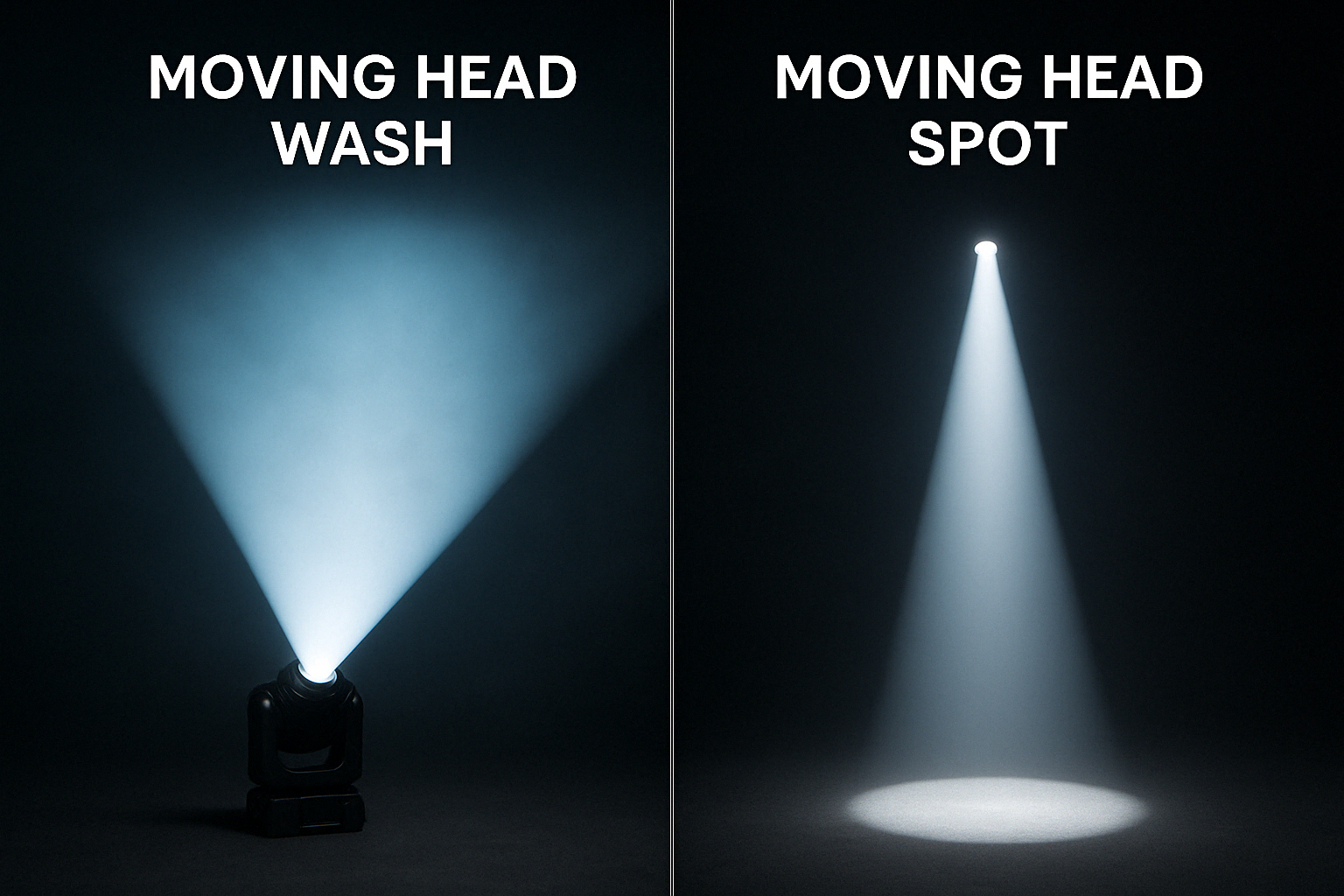 Comparison of wide wash light and narrow spot light beam angles
Comparison of wide wash light and narrow spot light beam angles
🎯 Application Examples
🎭 Theater
- Wash: Soft light creates depth and mood on curtains, scenery, and ensemble cast.
- Spot: Highlights lead actors with sharp focus or projects gobos like snow or fire.
🎵 Live Concert
- Wash: Fills the background and stage with dynamic color washes.
- Spot: Cuts through haze with intense, narrow beams or moving effects.
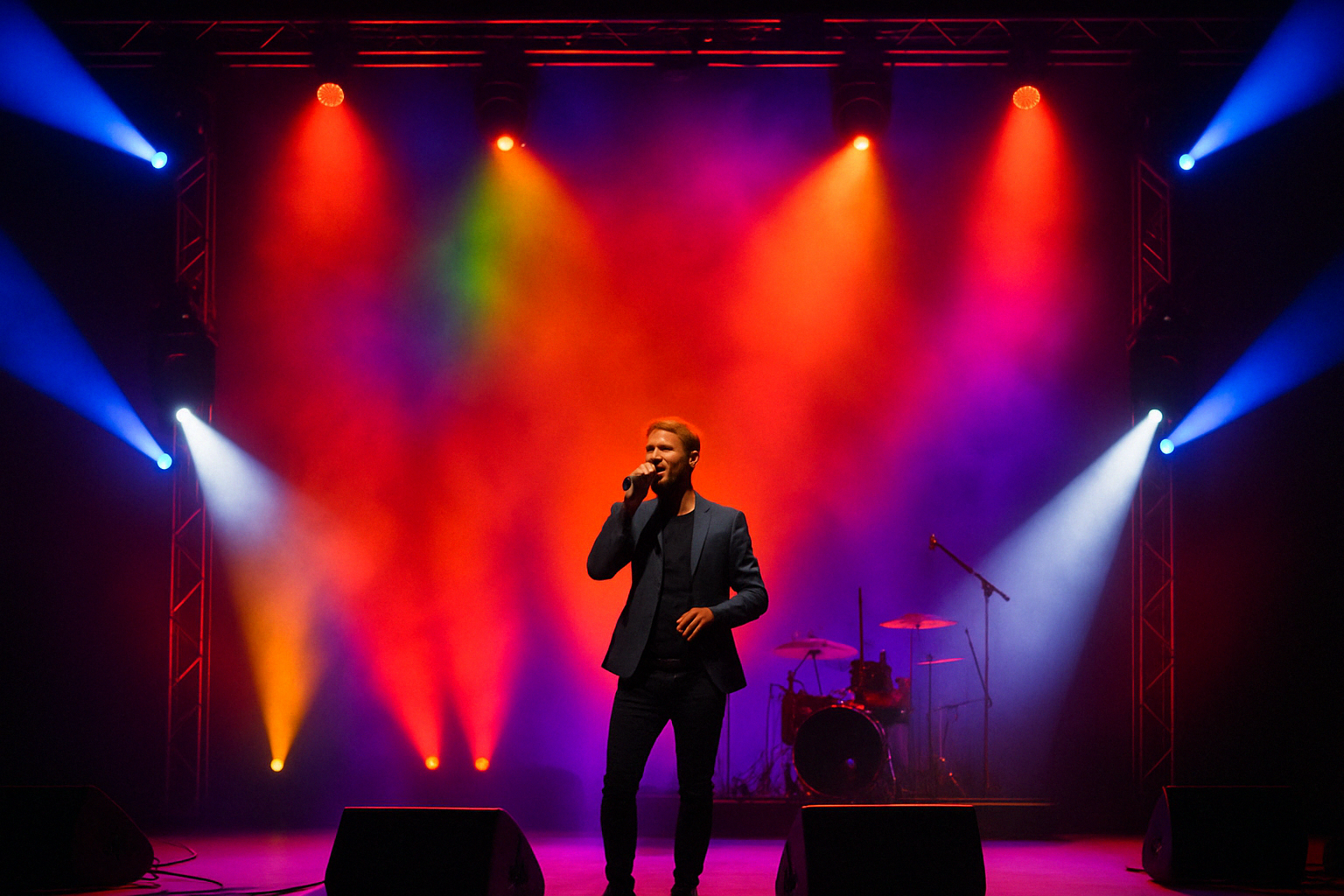 Concert with moving head wash and spot lights in action
Concert with moving head wash and spot lights in action
🕺 Clubs & DJs
- Wash: Sets the overall vibe and fills the space with energy.
- Spot: Tracks key moments, effects-driven visuals like gobos and rotating beams.
🧠 How They Work Differently
Wash Lights:
- Use Fresnel-style lenses to create soft-edged beams.
- Often have motorized zoom to change beam width.
- Emphasize color blending (CMY or RGB) and mood creation.
Spot Lights:
- Equipped with hard lenses and sharp shutters.
- Include gobo wheels, prisms, iris, and focus motors.
- Often used in sync with music via DMX or MIDI consoles.
💡 Pro Tip: Use Them Together
In most professional stage setups, wash and spot lights are complementary, not competitive:
- Use wash lights for atmosphere and color.
- Use spot lights for focus and movement.
A balanced rig will use both types in different positions to achieve depth and drama.
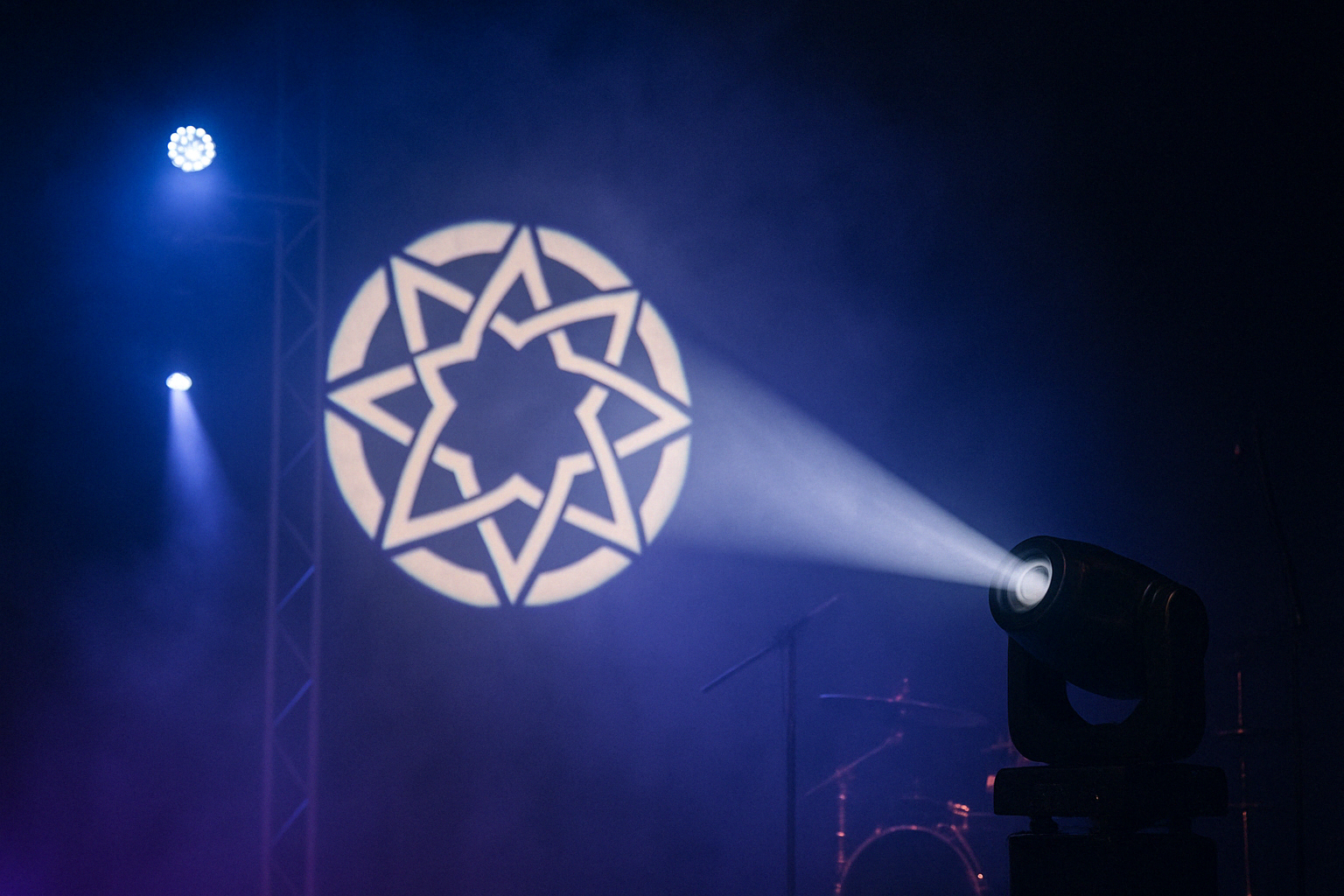 Gobo projection through haze using a spot light
Gobo projection through haze using a spot light
❓FAQ Section
What is the main difference between a moving head wash and a spot?
Wash lights cover a wide area with soft beams for color and ambiance. Spot lights offer narrow, focused beams for highlighting and projecting gobos or patterns.
Can I use wash and spot lights together?
Yes. Most stage designs use both: wash for overall coverage, spot for emphasis and movement.
Which is better for concerts?
Both. Wash lights handle color floods and mood; spot lights handle lead performers and dramatic effects.
Do spot lights always include gobos?
Nearly all moving head spots include gobo wheels and sometimes animation effects for dynamic visuals.


